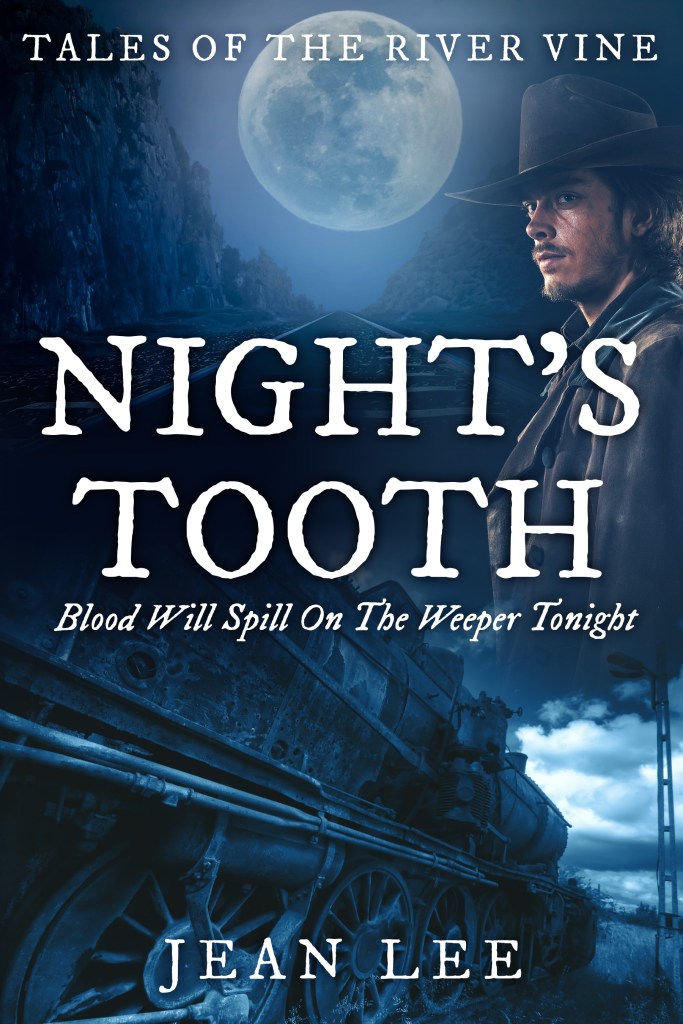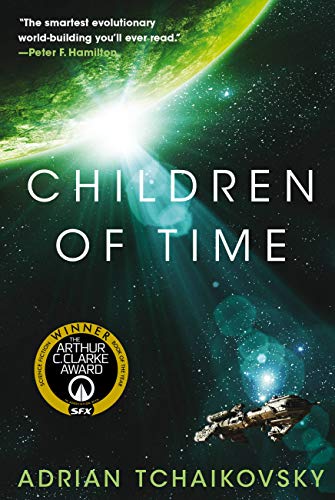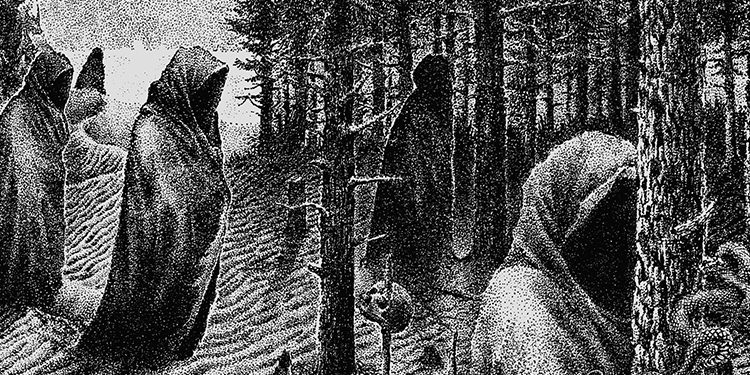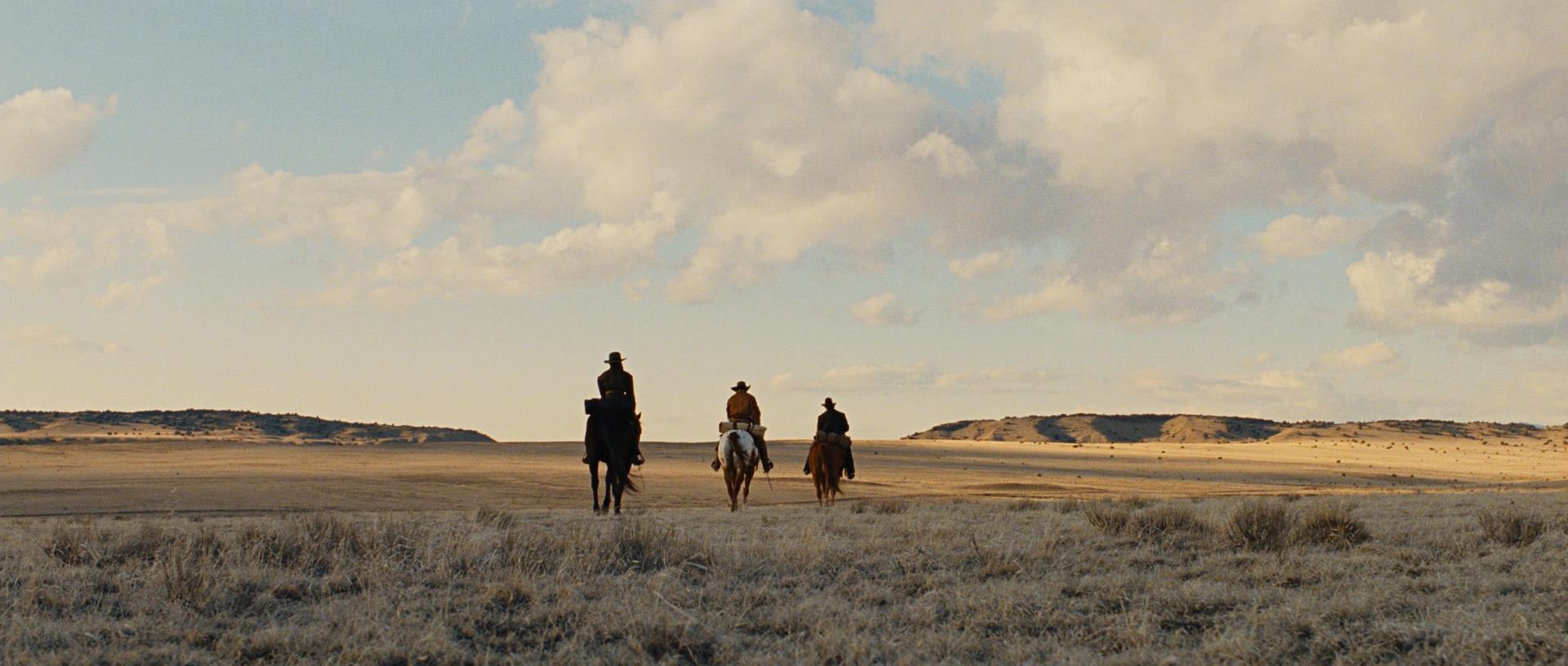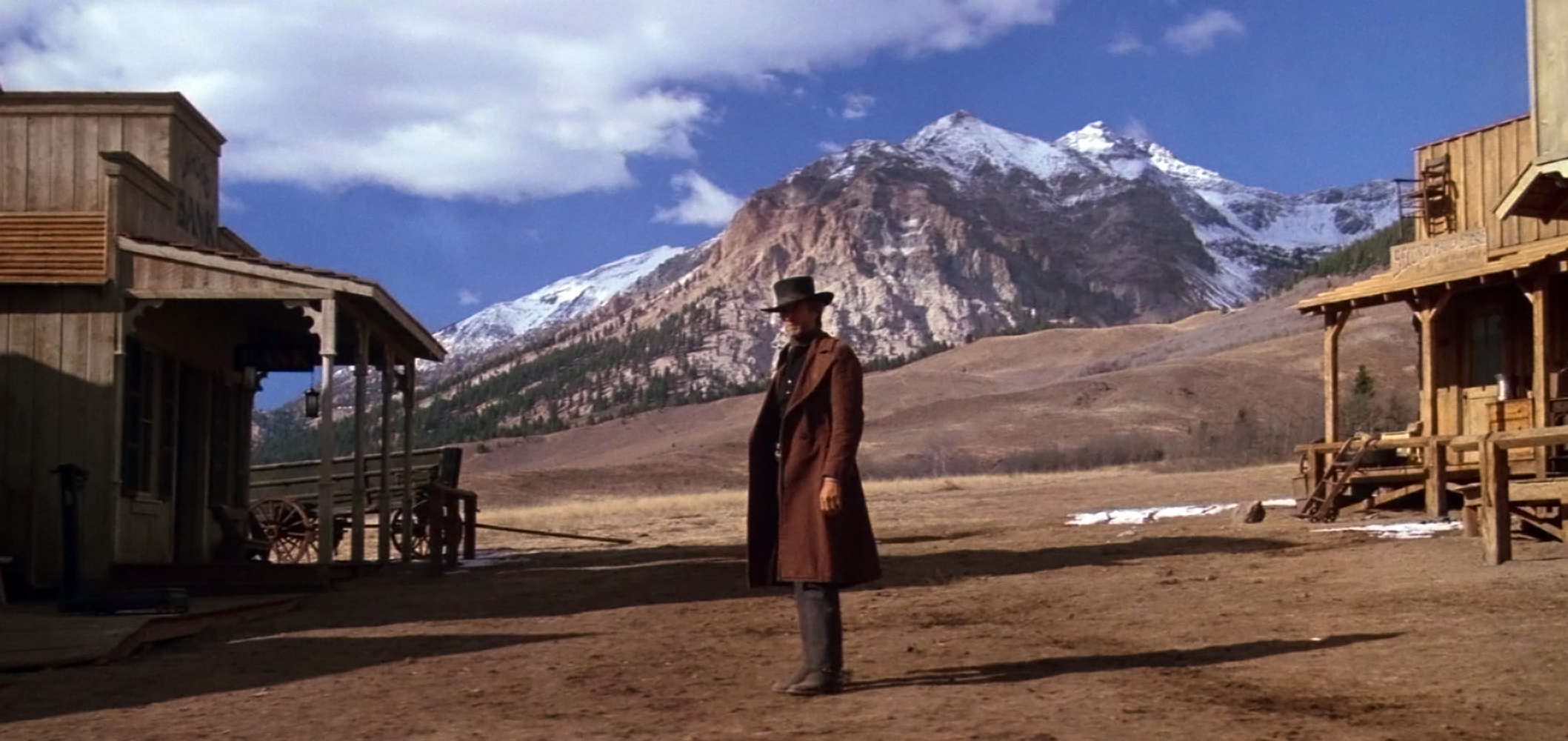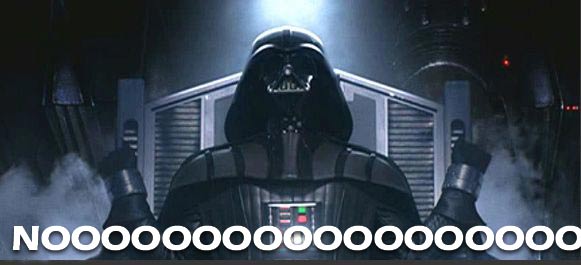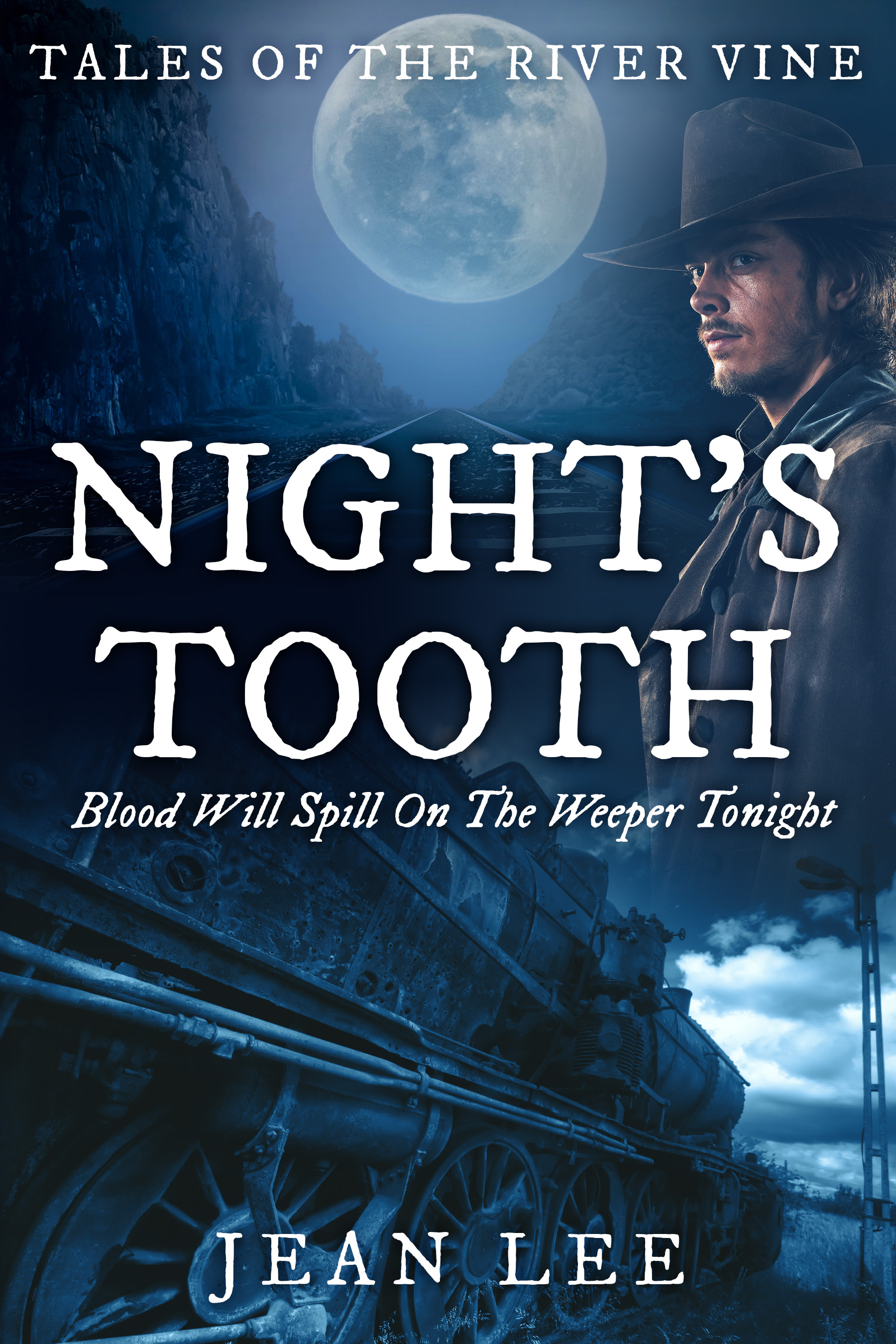Hello, everyone! At long, long, loooooong last, my novella “Night’s Tooth” is alive and kicking on Amazon!
Sumac the bounty hunter needs no guns to hunt any bandit with a price on his head, even one as legendary and mysterious as Night’s Tooth. But Sumac didn’t count on other bounty hunters coming along as competition, nor did he expect hunters sharing his own magical gifts.
It’s one man against a gang and a mystery, all to protect a train that must cross the territories at all costs…
Inspired by classics like For a Few Dollars More and fantasy cult favorites like Highlander, “Night’s Tooth” is a western with a fantasy edge set in the Fallen Princeborn universe.
Once Biff, Bash, and Blondie are all in school, I hope to get “Night’s Tooth” on Draft 2 Digital so it’ll be available on other markets. Click here for an excerpt of the novella. The whole thing’s just 99 cents–easy on the wallet. 😉 Don’t forget to leave a review, too!

Like “Night’s Tooth,” Charlaine Harris’ An Easy Death is a mix of fantasy and western, but while my novella takes place during the “official” time period of the Wild West, Harris’ story is set in an altered, no-longer-United States. I picked up An Easy Death after reading SJ Higbee’s glowing recommendation, and after reading it I can see why Time magazine lists An Easy Death as one of its top 10 fantasy novels of 2018.
Let’s take a walk through the first two chapters and see how Harris builds this broken world.
In the morning I got Chrissie to cut off all my hair. Tarken and Martin would be tinkering with the truck, which was our livelihood….My neighbor Chrissie was not too bright, but I’d watched her trim her husband’s hair and beard as he sat on a stool outside their cabin. She’d done a good job. She sang as she worked, in her sweet, high voice, and she told me about her youngest one’s adventures with a frog in the creek.
I see a few key words in here that can make the imagination fill in some mighty big blanks. “Cabin,” for instance, isn’t a term for a home in an urban setting; therefore, we picture the two characters someplace rustic. A child playing with a frog in a nearby creek emphasizes the country-type of location here.
A truck tying to livelihood tells us we’re dealing with transporters of a sort–a cross-country kind of job. We should expect to see a lot of the story’s landscape with this narrator.
Chrissie and the narrator, Lizbeth, have a conversation on the second page. I’ve copied nearly the whole page here because, like Agatha Christie, Harris packs a lot of information in dialogue that only takes a few minutes to read. (Still, it’s a long passage to blog, so I’ll break it up a bit.)
“You heading out soon? I saw them farmers at Martin’s place, when I was coming back from the store.” Chrissie’s trousers had long tendrils of dark hair all over’em now. She’d have to brush’em.
“Yeah, we’re leaving as soon as it’s near dark.”
“Ain’t you scared?”
Sure, I was. “Of course not, the only ones should be scared are anyone who tries to get in our way.” I smiled.
“You’ll kill’em dead, bang, bang,” Chrissie said in a singsong voice.
“Yep. Bang, bang,” I agreed.

What have we learned? Lizbeth is leaving with some farmers, who must be riding in that truck, her livelihood. It’s Lizbeth’s job to kill anyone who tries to hinder them. Considering Chrissie’s innocent tone in describing this, killing people has become a mainstream profession, and by Lizbeth’s tone, we get the sense she knows what she’s doing…even if the job still scares her.
“Why are they going to New America?”
“The farmers? The part of Texas they live in got swallowed up by Mexico a few years ago. You remember?”
Chrissie looked dim. She shook her head.
“Anyway, the government down there has been telling the Texans that they’re not real Mexicans, and their land is forfeit.”
Chrissie looked even dimmer.
Their land is getting taken. So if they’ve got kin up north or anywhere, even in Dixie, they got to leave Mexico to have a chance.”
Dixie was so poor and so dangerous you’d have to be desperate to flee there.

What have we learned? America is weak enough that other countries like Mexico have taken control of its land. Notice Lizbeth doesn’t say “North America” or “United States,” but “New America” and “Dixie.” This isn’t the traditional 50 states of our reality.
Chrissie ran her fingers through the short hair on the left side of my head, and shook her head. “Anyone ever go to the HRE?” she asked.
“Chrissie,” I said. She bent around to meet my eyes.
“Oh, sorry, Lizbeth.” She began to work on the right side, following her own whim. I tried to remember if I’d ever seen her cut anyone’s hair besides Norton’s. “I forgot you don’t like them grigoris.”
No. I did not like magicians.

What have we learned? The HRE is not someplace you want to find yourself because–and this is the part that hooked me to the story–there’s magic in this world. Magicians are part of the normal fabric of society; not liked, maybe, but still, they are as normal as killing people to protect others fleeing the country.
So, over the course of two pages, we have a sense of narrator Lizbeth’s no-nonsense attitude thanks to her clipped prose and dialogue. We know her profession. We know she has some prejudices, and some inner conflicts. We know something of the world, though we don’t know why it is the way it is. All we know is that it’s dangerous, and people are desperate to flee from that danger. Harris successfully builds the world just enough that we can move forward without tripping on any exposition dumps.
A couple pages later we learn the term for Lizbeth’s profession.
I passed Rex Santino. “Easy death,” he said in his gruff way.
That’s what people wished gunnies. It made me feel good. I nodded back at him.
Not quite “gunslinger,” but it’s close enough to familiar terminology that readers get what Harris is going for. On this version of the North American continent, hired guns are a must for safe passage from one country to another. Connections like roads and rails, amenities like electricity and plumbing, they’re all as fickle as the law one finds from town to town.
We were on a good part of the road, one that hadn’t been broken. There were still stretches around like that. My mother had told me that once almost all the roads were smooth, and that when they cracked, they got repaired. It sounded like a fancy dream.
….If the New America patrols stopped us, we’d be fine. People were legal cargo, and respectable people like this were even welcome in New America. But if bandits caught us, well, that was why Galilee and I were on duty. That was why the oldest brother had hired us to get the two families through the lawless land along the border between Texoma and New America.
What have we learned? When we consider how the roads were built to help unite a country, is it any surprise the roads are among the first things to rot in this fractured land? It’s also clear that the new countries don’t much care for watching each other’s borders, but will instead keep to their own; hence, the “lawless land.”
Chapter 1 ends with an ambush. All the gunnies but Lizbeth are killed, the truck destroyed. In Chapter 2, an injured Lizbeth tracks the bandits and farmers. She discovers the body of a teen girl along the way.
There must have been more gunfire after I’d been hit. She’d tried to run. Lots of families taught their girls to run, figuring that a bullet in the back was quicker than what waited for them after capture. My opinion, sometimes they were right.
What have we learned? The violence of the bandits tells us just how much human life is worth between the countries: absolutely nothing.
Lizbeth kills the bandits, rescues the remaining family members, and successfully escorts them to New America on foot. During this trek the farmers get to talking, which allows Lizbeth to think about historical context for the reader’s sake. (Last excerpt, promise)
“Since the president died, the world has gone to hell. God help us all,” Jeremiah said, and his brother nodded.
When people said “the president,” they meant the last elected president of the United States, Franklin Roosevelt. When he’d been assassinated in some city in Florida, before he could be sworn into office, the government had started down a slope that had gotten slicker and slicker…..After the white government had collapsed, the Indian tribes who could muster up a group of warriors had taken back the land that had been theirs….And bandits were everywhere, especially in Texoma, New America, and Dixie. I had heard that in Britannia, the area that had knelt to England, there was so much law that bandits were caught and hung quickly. The same for Canada, which had expanded to take in a lot of northern America. Canada had its horseback police, who were supposed to be crackerjack at their jobs. The Holy Russian Empire had a squad of grigoris and militia whose job it was to track highway robbers and kill them on the spot.
But in Texoma and New America, formal justice was scarce on the ground.
What have we learned? Ah, now we get the mother-load, for now we have a time frame to work with. FDR was indeed fired upon by Giuseppe Zangara in 1933. For those who don’t know, Franklin Delano Roosevelt took the helm of the United States during The Great Depression and remained in the presidency through much of World War Two. He’s the only president to have served more than two terms; in fact, the man had been voted to serve a fourth term when he died in 1945.
All the world was in flux in the 1930s. The aftermath of World War I, the rise of fascism and communism, the transformation of media and transportation….Life. Was. Changing. Just as a single assassination tipped Europe’s political scales into warfare in 1914, Harris shows us how the United States could have been broken by assassination in 1933. And when one considers the political climate of that time, are we really so surprised?
Now Harris doesn’t clearly state how much time has passed since FDR’s assassination, but when Lizbeth does meet two grigoris who want to hire her for a job, we learn a bit more about the Russian monarchy that escaped the communist uprising as well as magic’s role in this new world.
But that’s for you to discover in An Easy Death.
When a writer sets out to cut history’s timeline and paste it somewhere new, she has the advantage of using some common history to give the reader context before guiding the reader into unfamiliar territory. It’s a tried and true method used by many to their advantage, and there’s no reason you shouldn’t, either. It all comes down to pacing–rather like helping a rambunctious kindergartner glue string on top of his fish picture. Sure, you can just squirt a HUGE glop of glue on the page and just slather it everywhere; it gets the job done, but then all you both see is the glue smears over his nice fish. If you carefully squirt teeny dots all along the string, the string will remain in its place, and the fish is no longer smeary.
…sorry, that’s quite a mom-metaphor there. Point is, you don’t want readers to see nothing but the exposition. You want it to blend into the story, right? So don’t slather that world-building everywhere, blurring what could be an amazing story. Bead it along, letting it glue together scenes of conversation, conflict, and discovery.
Thanks so much for reading! I do hope you enjoy “Night’s Tooth.”
~STAY TUNED NEXT WEEK!~
The kids will be in school!

I mean….
The kids will be in school.

(Honestly, it’s a mix of both.)
Anyway, September and the fall season await with more delightful author interviews, some studies of scary tales, a hunt for fun’n’freaky music, and hopefully some updates on my current WIPS–both novellas, both dark fantasy, and both spooooooookily inspired by Wisconsin’s North Woods.
Read on, share on, and write on, my friends!
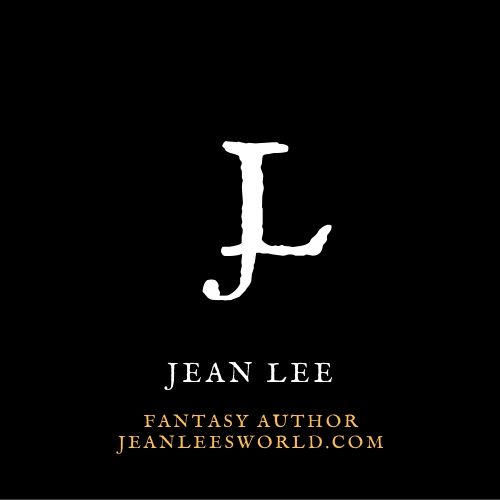
















:quality(75)/curiosity-data.s3.amazonaws.com/images/content/landscape/standard/1f6b5401-5dcd-4577-91f6-a2555a8a1825.jpg)

























